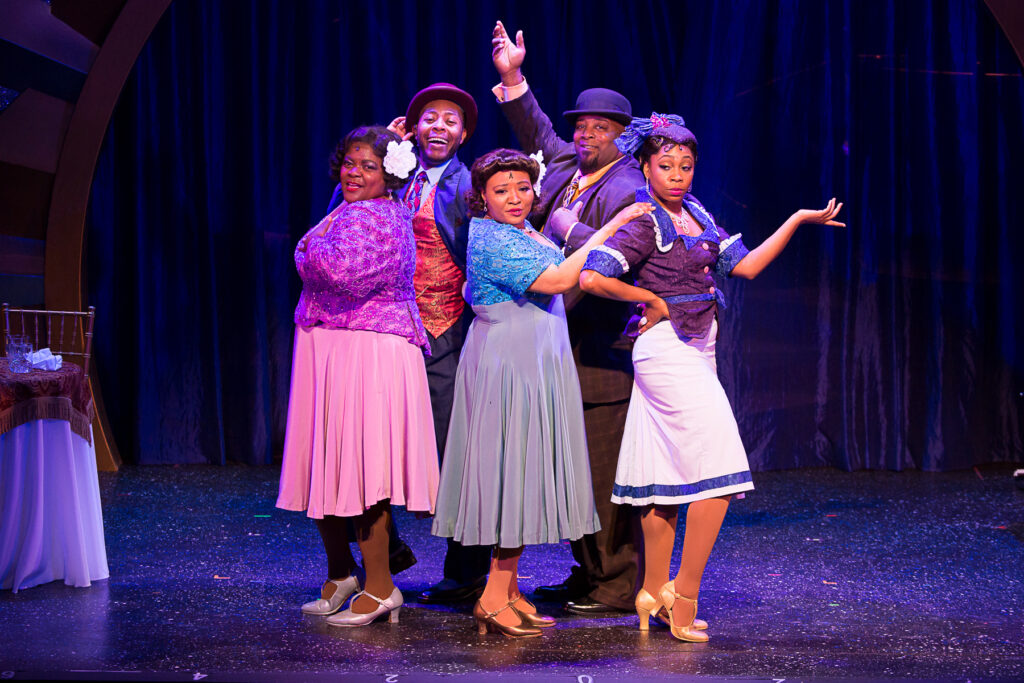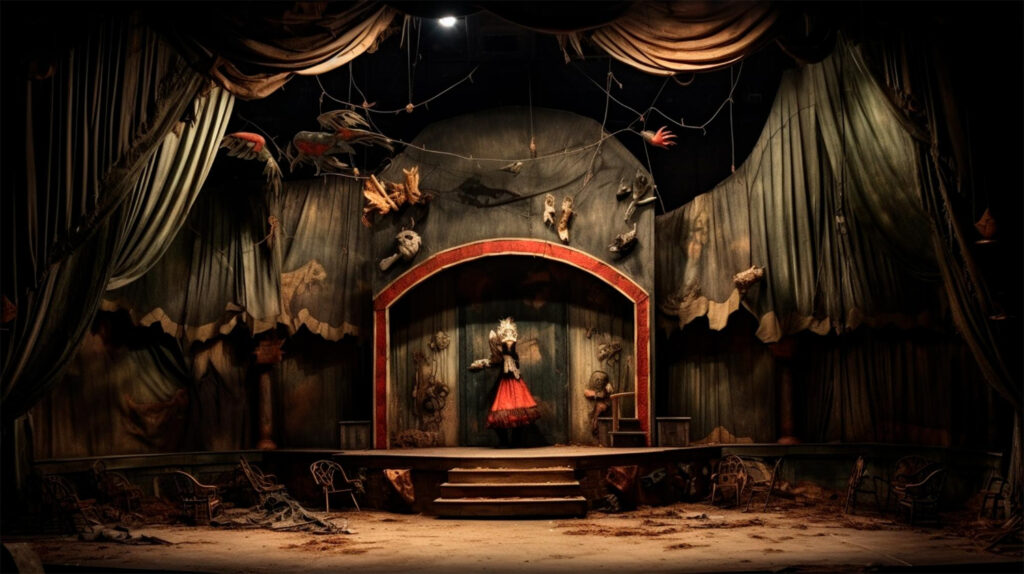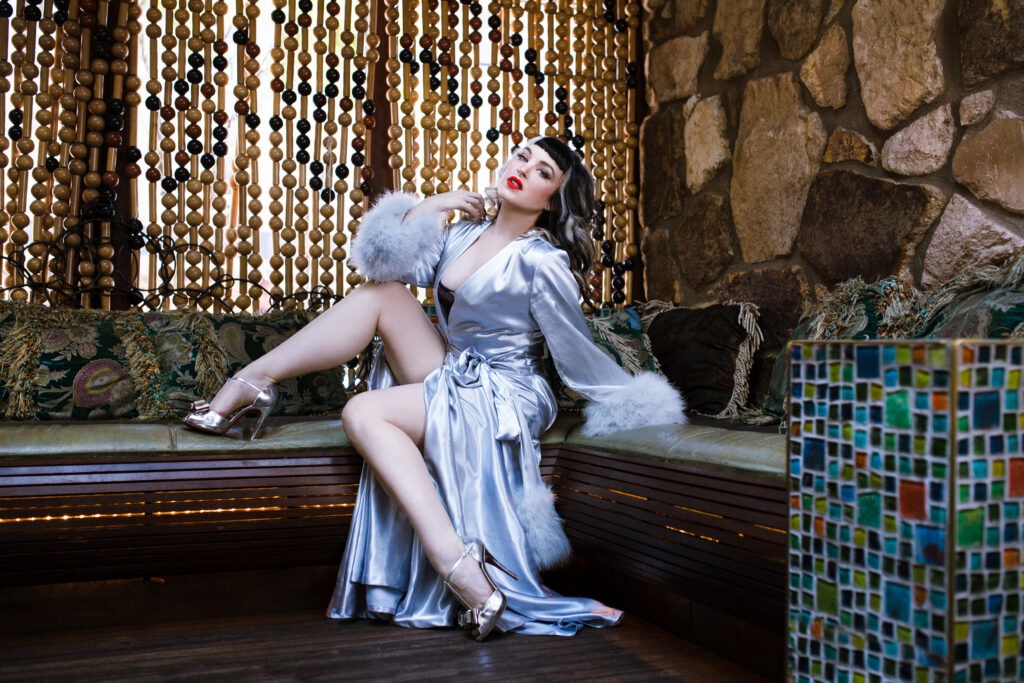
Types of Musicals: Revue Shows
Amidst the vast landscape of musical theatre, there’s a genre that offers a unique blend of music, dance, and sketches without the constraints of a traditional narrative: the revue show. Celebrating variety and spectacle, revue shows are a delightful montage of entertainment, often peppered with satire, comedy, and dazzling performances.
A Mosaic of Entertainment
Unlike most musicals that revolve around a cohesive storyline, revue shows are a collection of unrelated acts. They can be likened to variety shows, offering audiences a smorgasbord of musical numbers, dance routines, comedic skits, and sometimes even dramatic pieces.
The Birth of the Revue
The early 20th century saw the rise of the revue as a popular form of entertainment. Vaudeville and burlesque shows, with their array of acts, paved the way for this genre:
- “Ziegfeld Follies” (1907-1931) – Produced by Florenz Ziegfeld, this series was an epitome of glamour and grandeur, showcasing elaborate costumes, sets, and some of the era’s top talents.
What Makes Revue Shows Shine?
Diversity of Acts: The varied nature of the acts ensures there’s something for everyone, from laugh-out-loud comedy sketches to soul-stirring vocal performances.
Star Power: Revue shows often feature a cast of notable performers, each bringing their unique flair and charisma to the stage.
Social Commentary: Many revues, especially those with satirical skits, provide commentary on societal trends, politics, and popular culture.
Noteworthy Revue Shows
- “Ain’t Misbehavin'” (1978) – A tribute to the black musicians of the Harlem Renaissance, particularly Fats Waller, it’s a musical journey through a transformative era.
- “Side by Side by Sondheim” (1976) – Celebrating the works of Stephen Sondheim, this revue offers a medley of songs from his early shows.
- “Forbidden Broadway” (1982-present) – A satirical revue that parodies popular musicals and theatre celebrities, it’s a hilarious roast of Broadway’s biggest hits.
Challenges of the Genre
Lack of Narrative: Some theatre-goers prefer a cohesive story, and the fragmented nature of revues might not appeal to everyone.
Comparative Judgments: With a series of acts, it’s inevitable that audiences will compare and judge them against each other, which can result in mixed reviews.
The Modern-Day Revue
While traditional revues have become less common, the format still exists in contemporary settings. Cabaret shows, talent showcases, and even some television variety shows echo the spirit of the classic revue, proving that the allure of diverse entertainment endures.
In conclusion, revue shows, with their eclectic mix of acts, offer a captivating theatrical experience. They serve as a reminder of the multifaceted nature of entertainment, where song, dance, humour, and drama coexist in a vibrant celebration of the arts.






